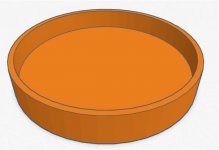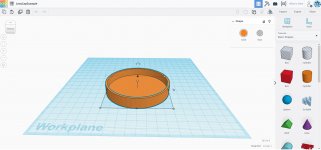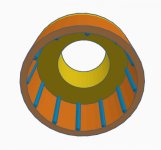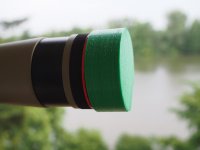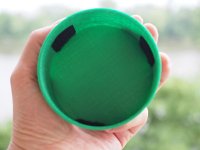Hey All. I’ve just bought a Kowa TSN-2 as a first scope and will be needing a few accessories to bring it up to scratch.
Have looked for the Skua stay-on-case but no luck so far and the scope is missing an objective lens cap, any suggestions would be greatly appreciated.
Thank you.
Martin
Have looked for the Skua stay-on-case but no luck so far and the scope is missing an objective lens cap, any suggestions would be greatly appreciated.
Thank you.
Martin





